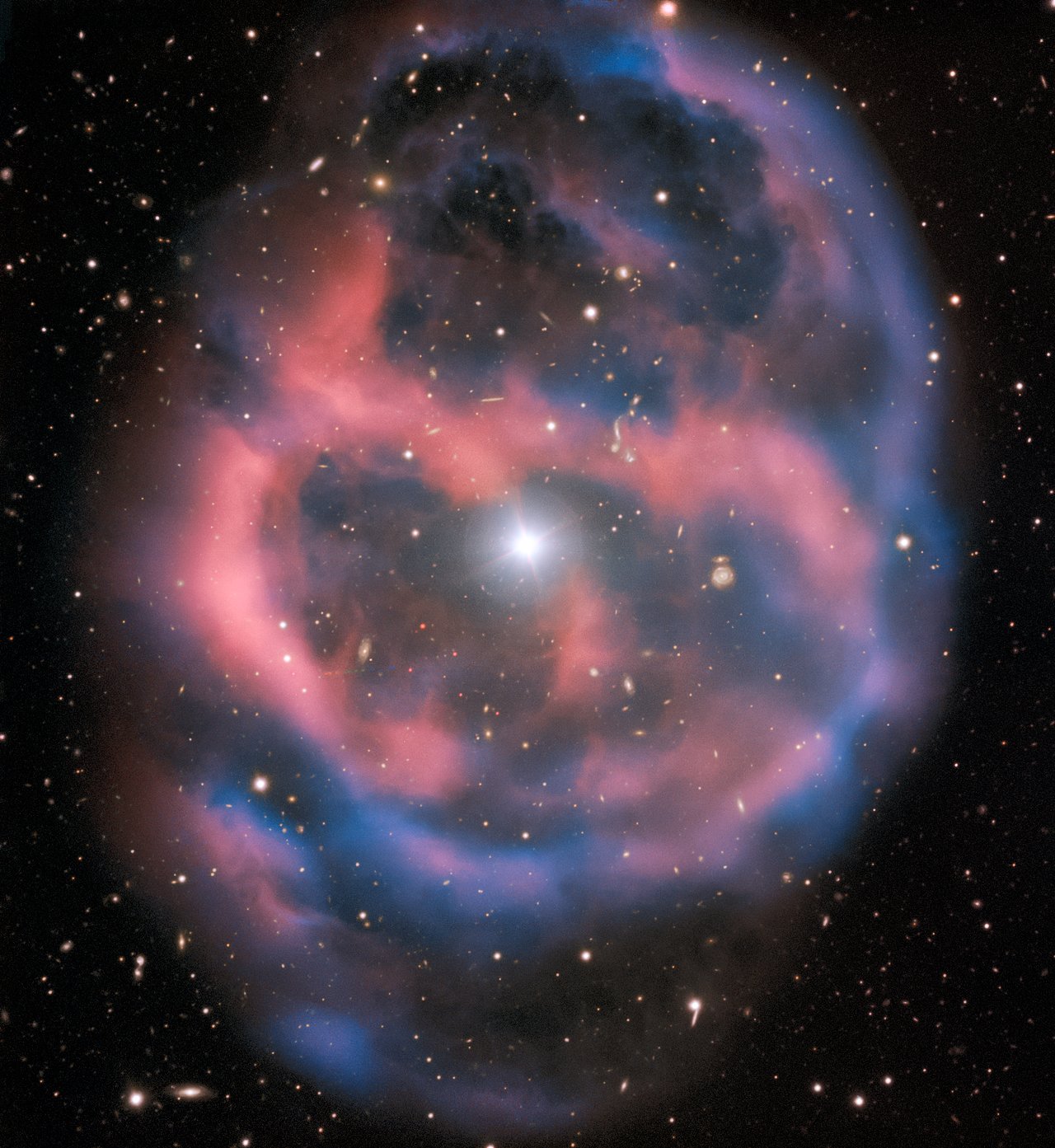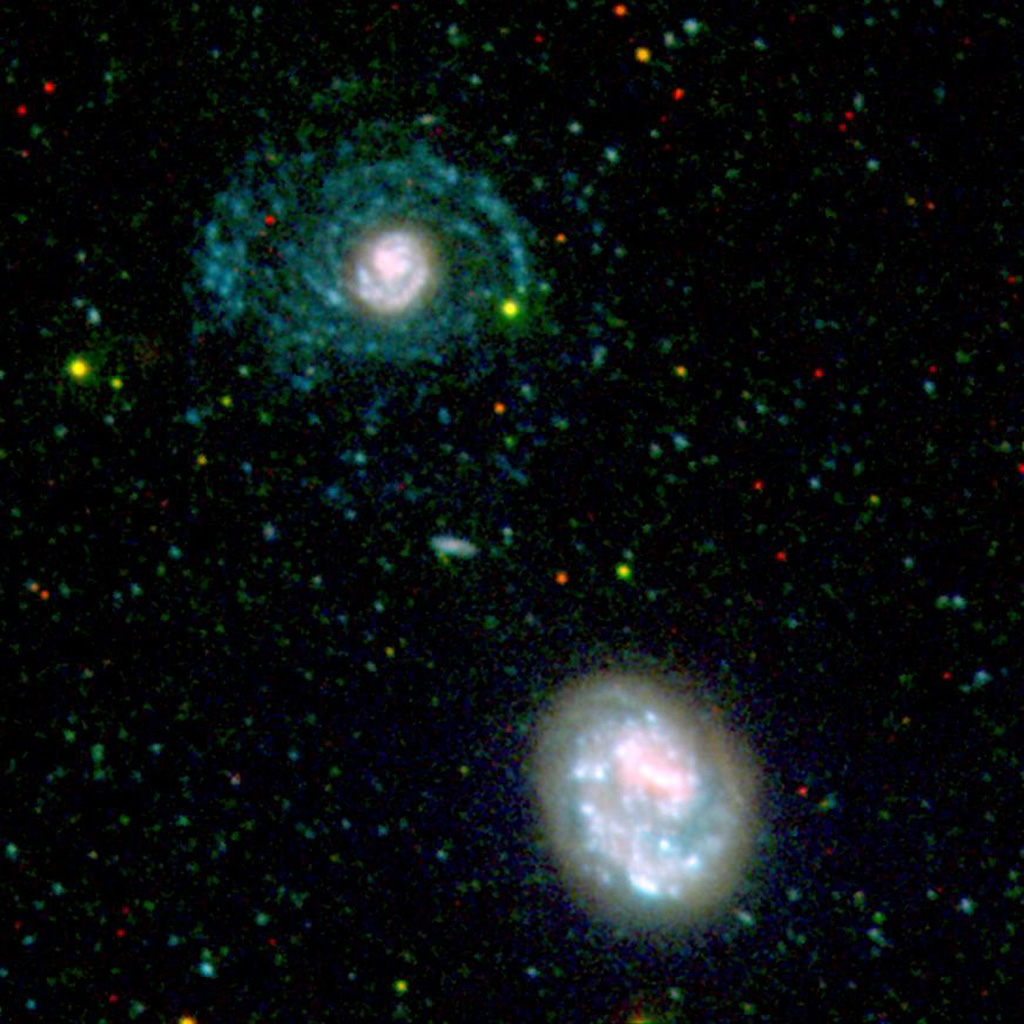ESO Picture of the Week | 2020 Mar 16
This picture of the week showcases the night sky over the construction site for the Extremely Large Telescope. A beautiful array of stars and the hazy band of the Milky Way are clearly visible above the site. In order to see the Milky Way so distinctly, one must be in an area with low light pollution, such as the Chilean mountain Cerro Armazones, when there is little or no moonlight.
The ELT will be “the world’s biggest eye on the sky” when it begins operating in late 2025. With a 39-metre primary mirror, the ELT will search the sky in the optical and near-infrared wavelength regions for new exoplanets, specifically Earth-like planets in orbit around other stars. The ELT will also be able to perform a kind of “stellar archaeology,” answering fundamental questions about how planets, primordial stars, primordial galaxies and black holes form and evolve.
Perhaps the most exciting goal of the ELT is the possibility of making a direct measurement of the acceleration with which the Universe is expanding. Astrophysicists have known that the Universe is expanding for decades, meaning that the distances between galaxies are increasing. We now think this expansion is accelerating and to directly measure this acceleration would vastly increase humanity’s understanding of our Universe. ...












